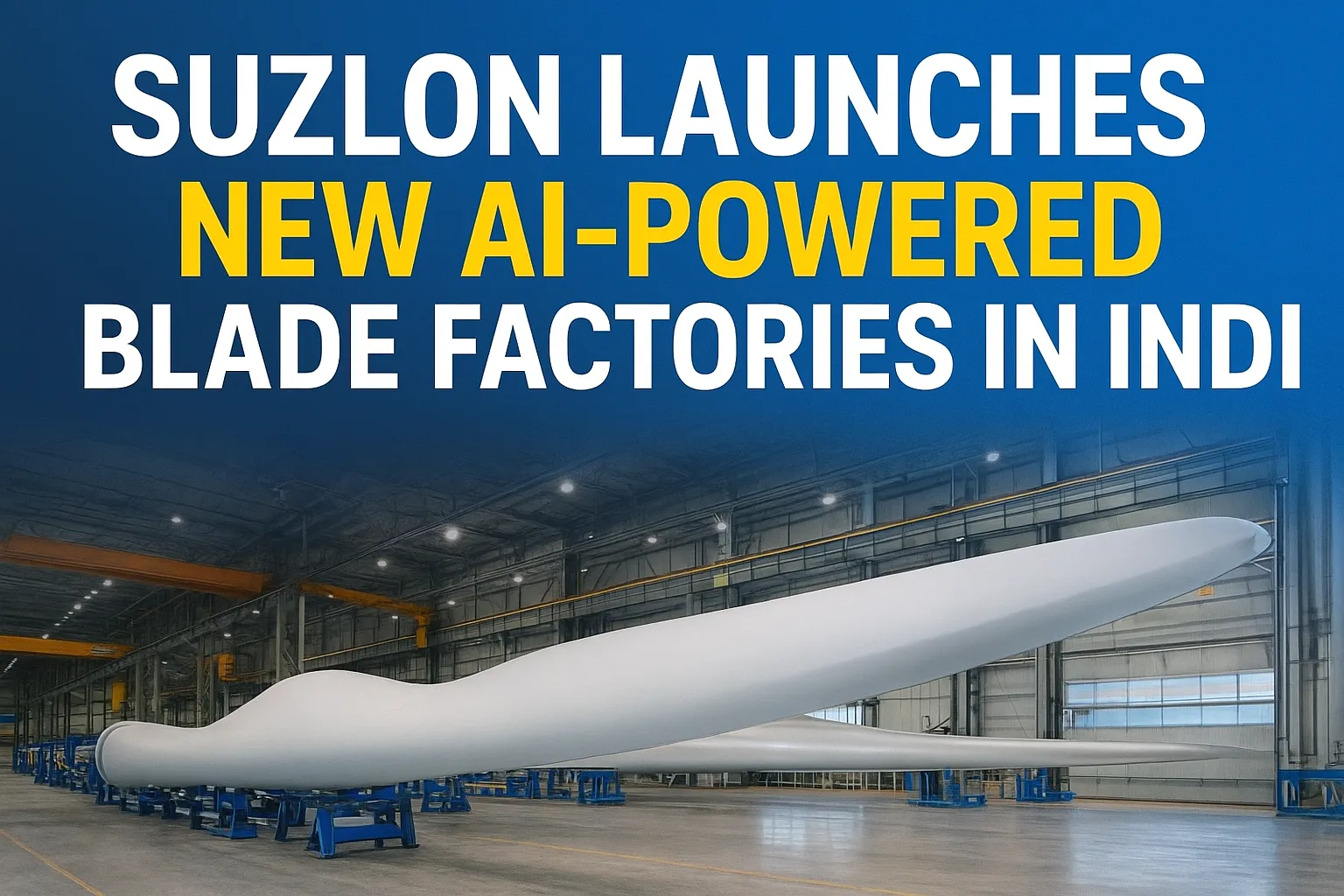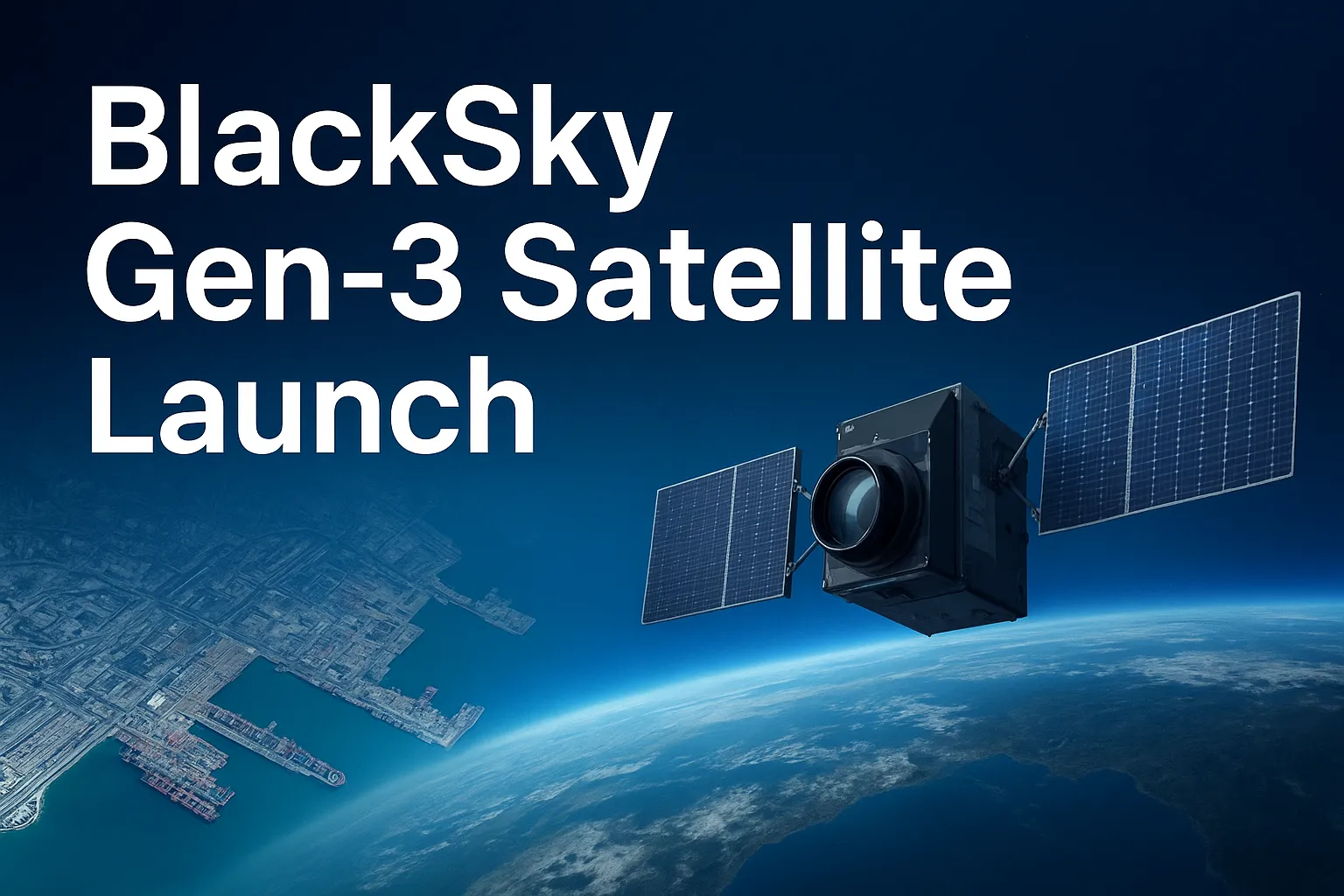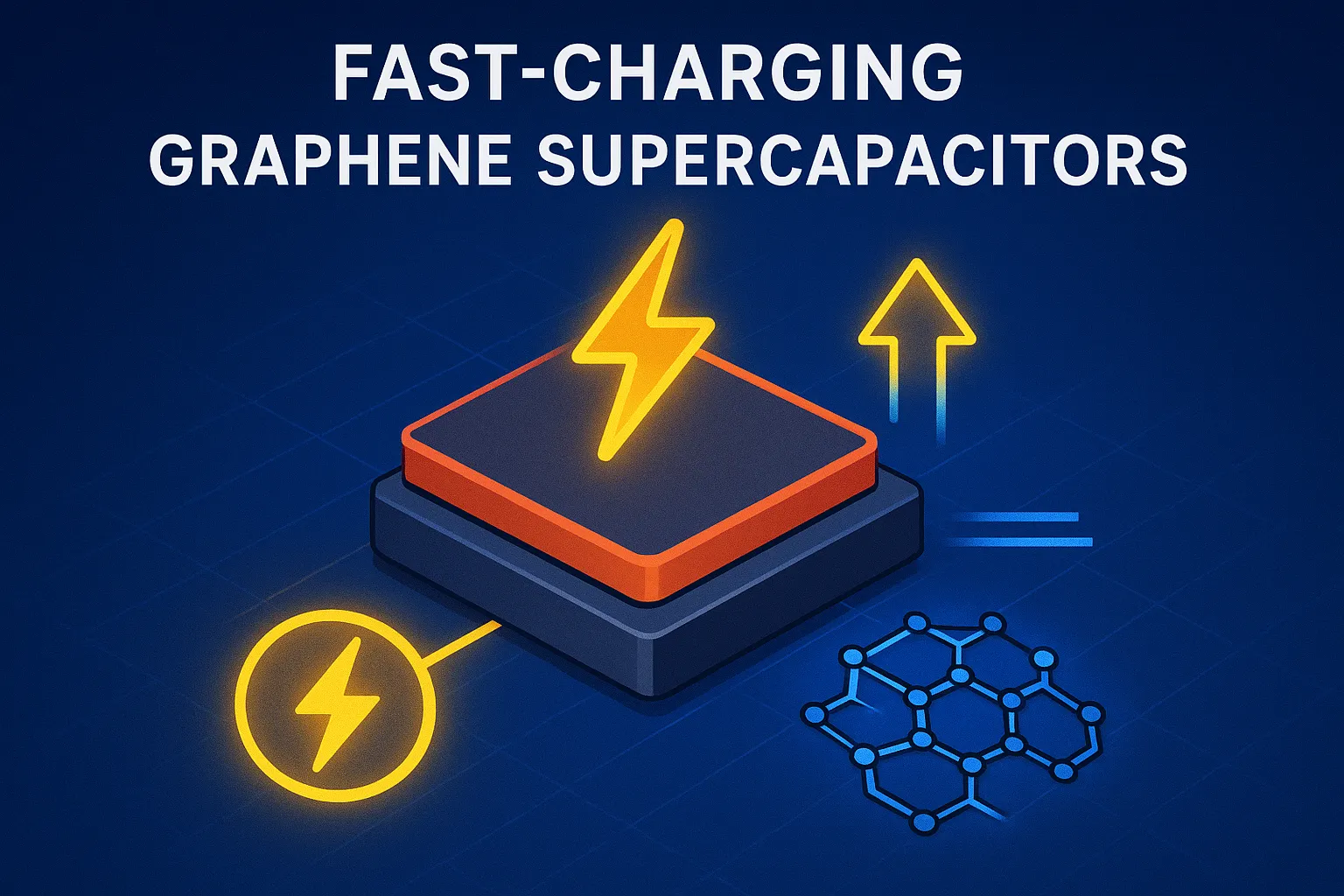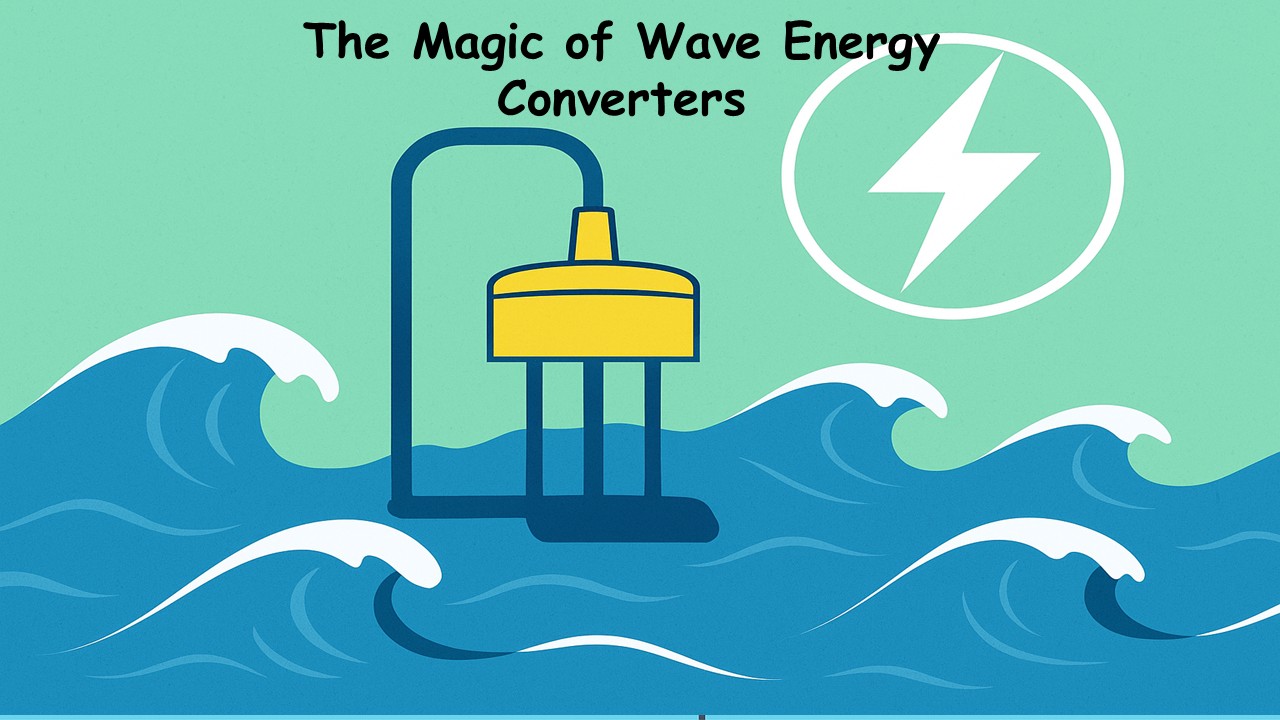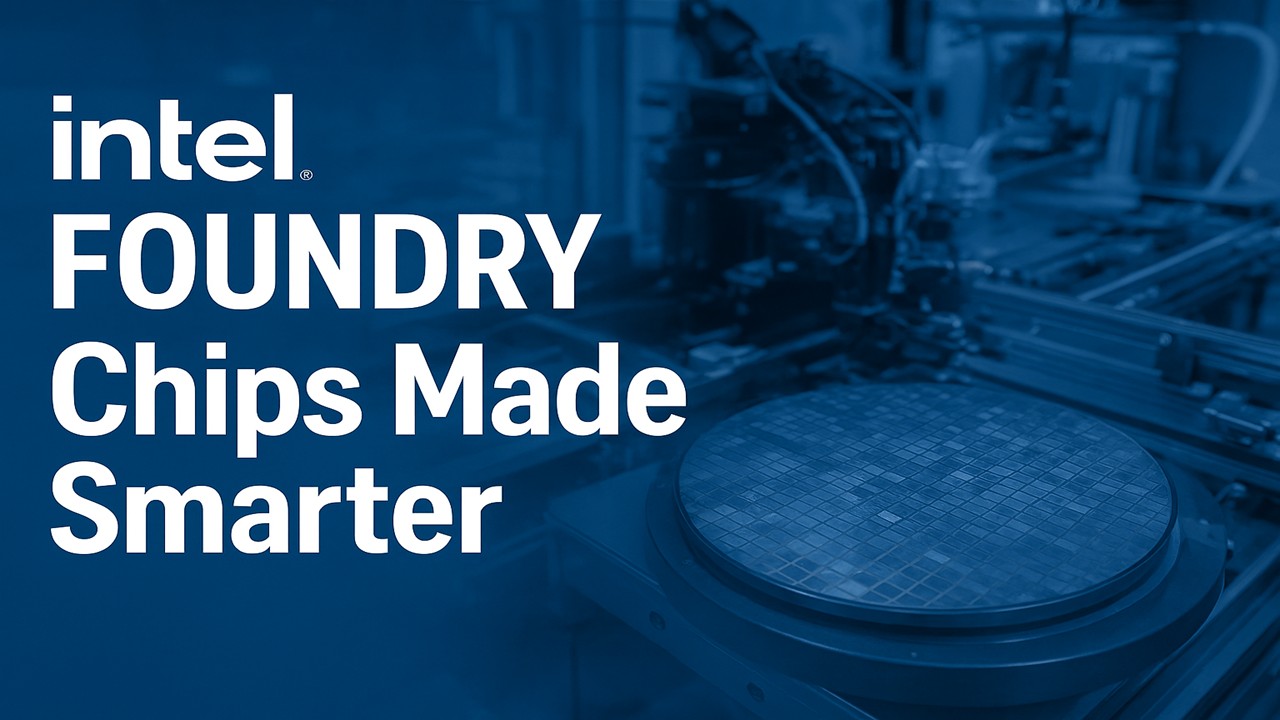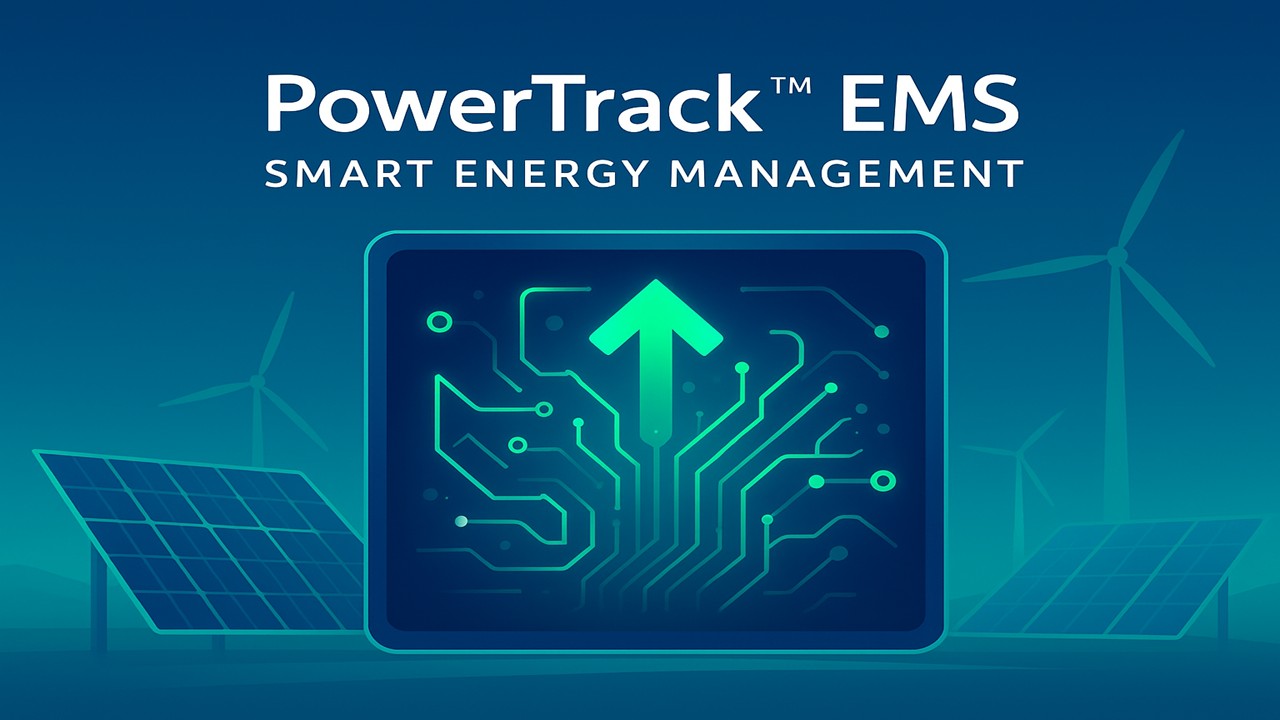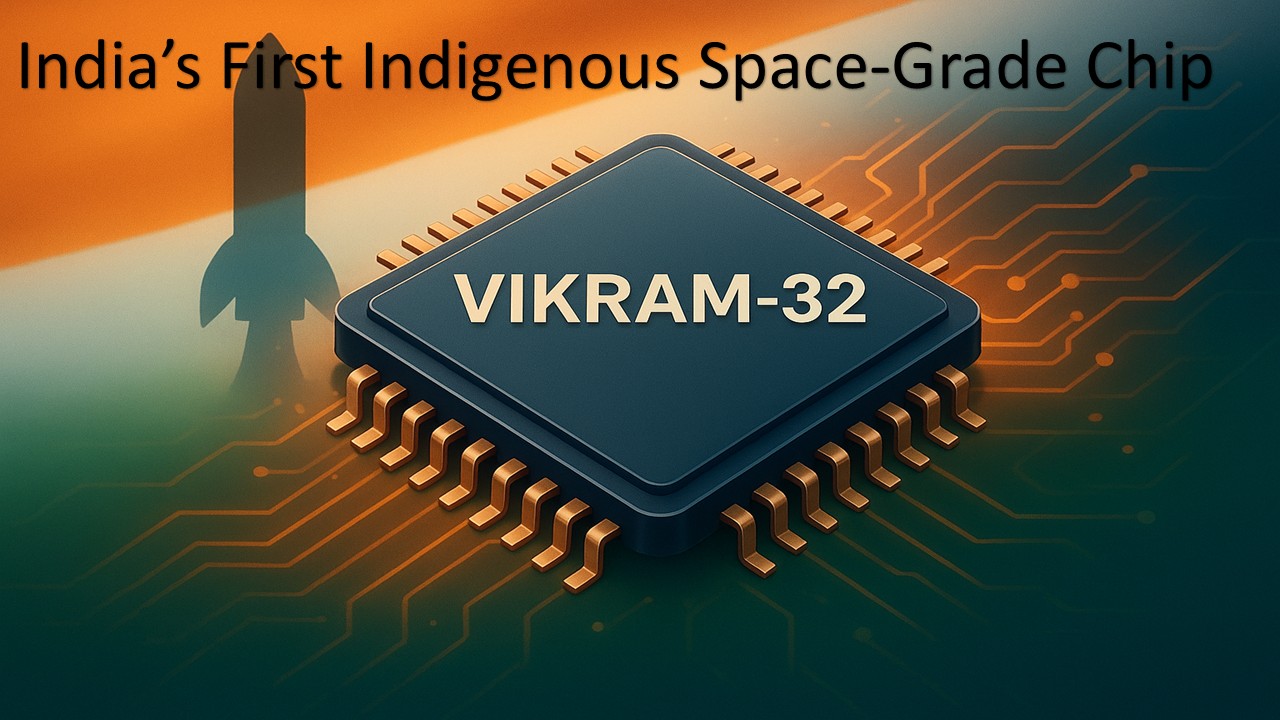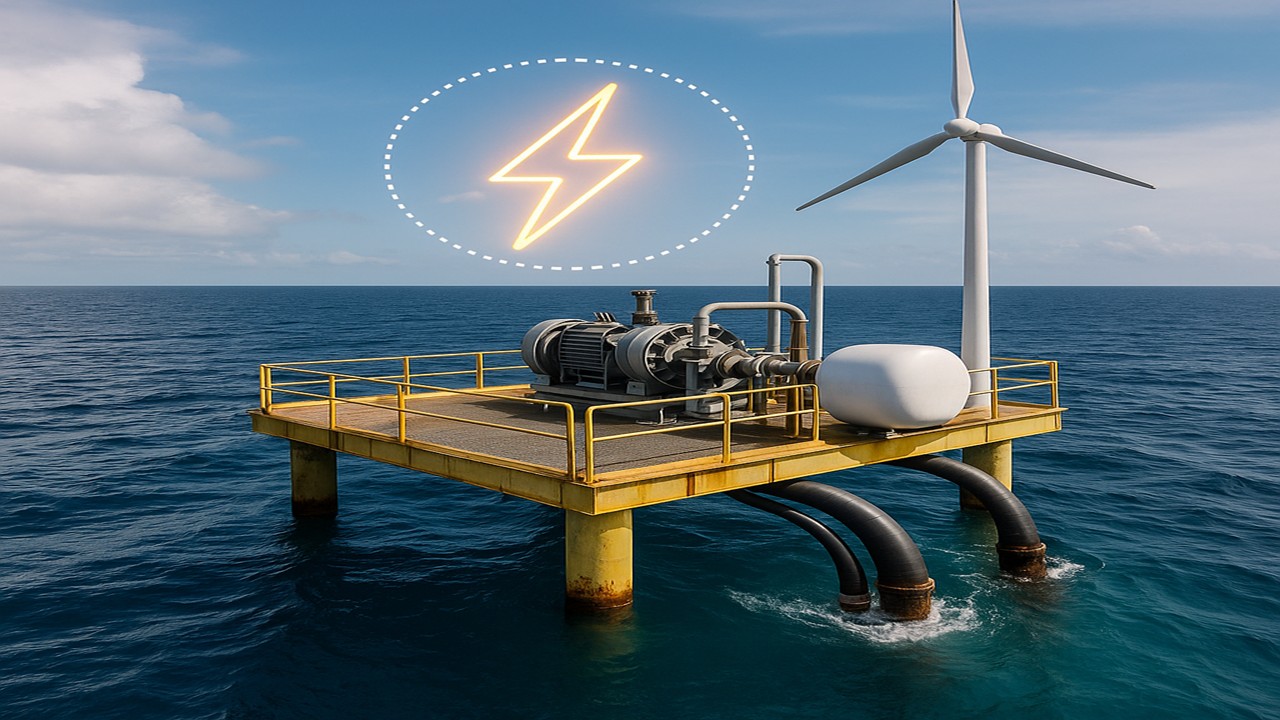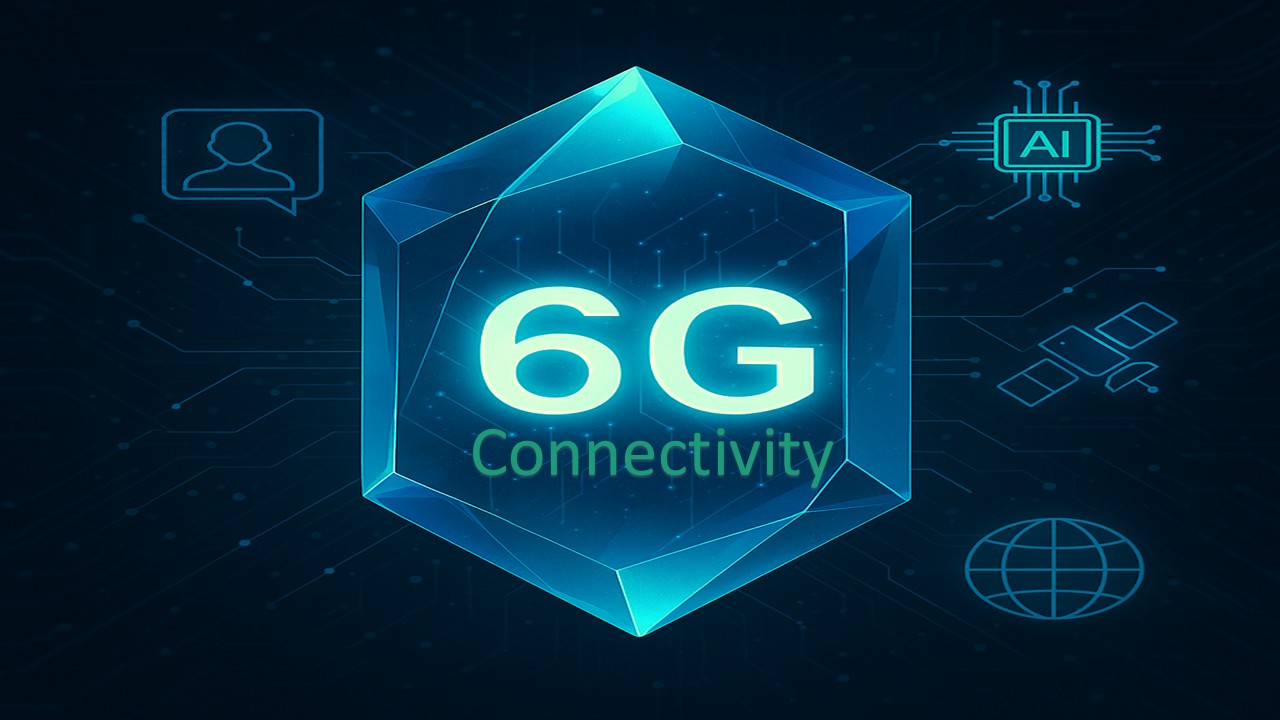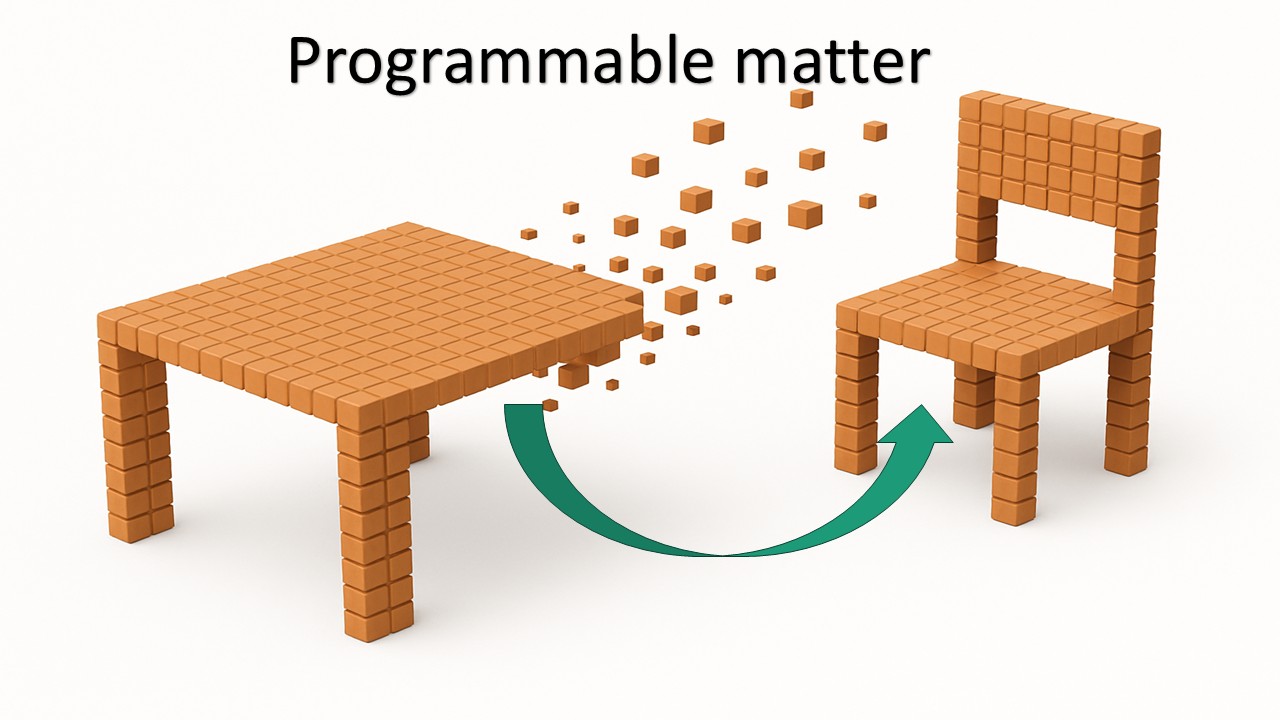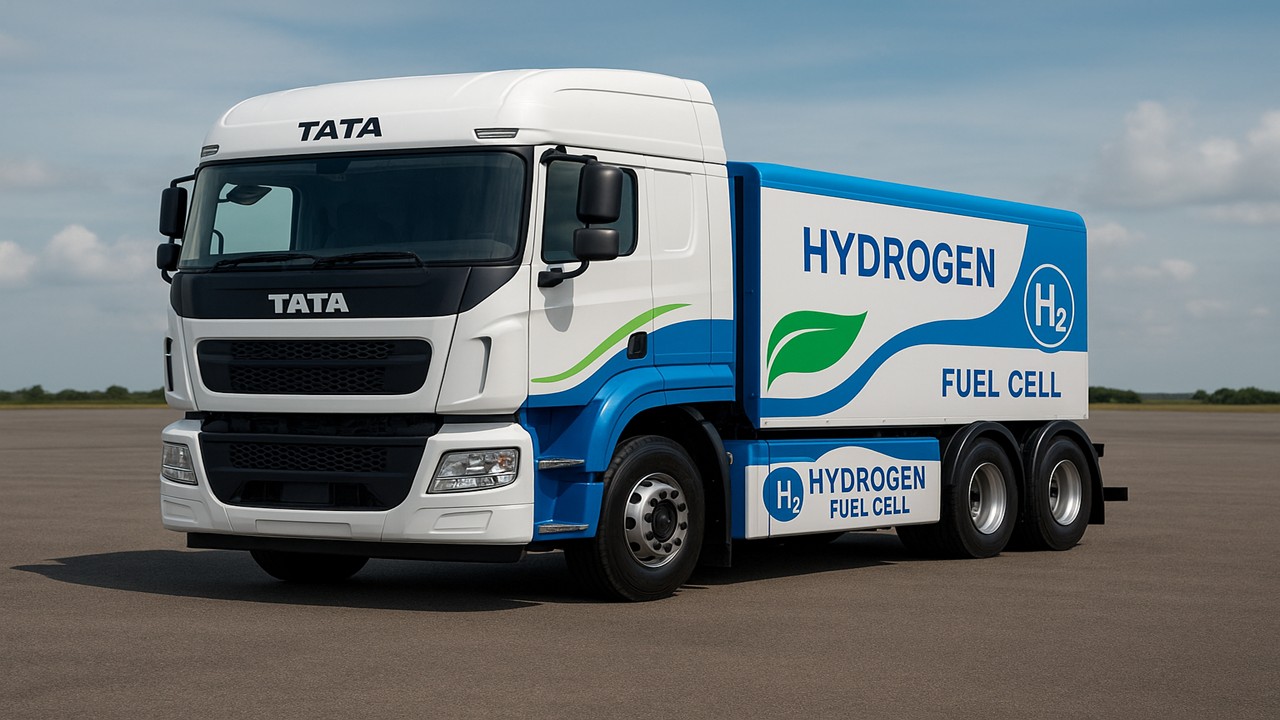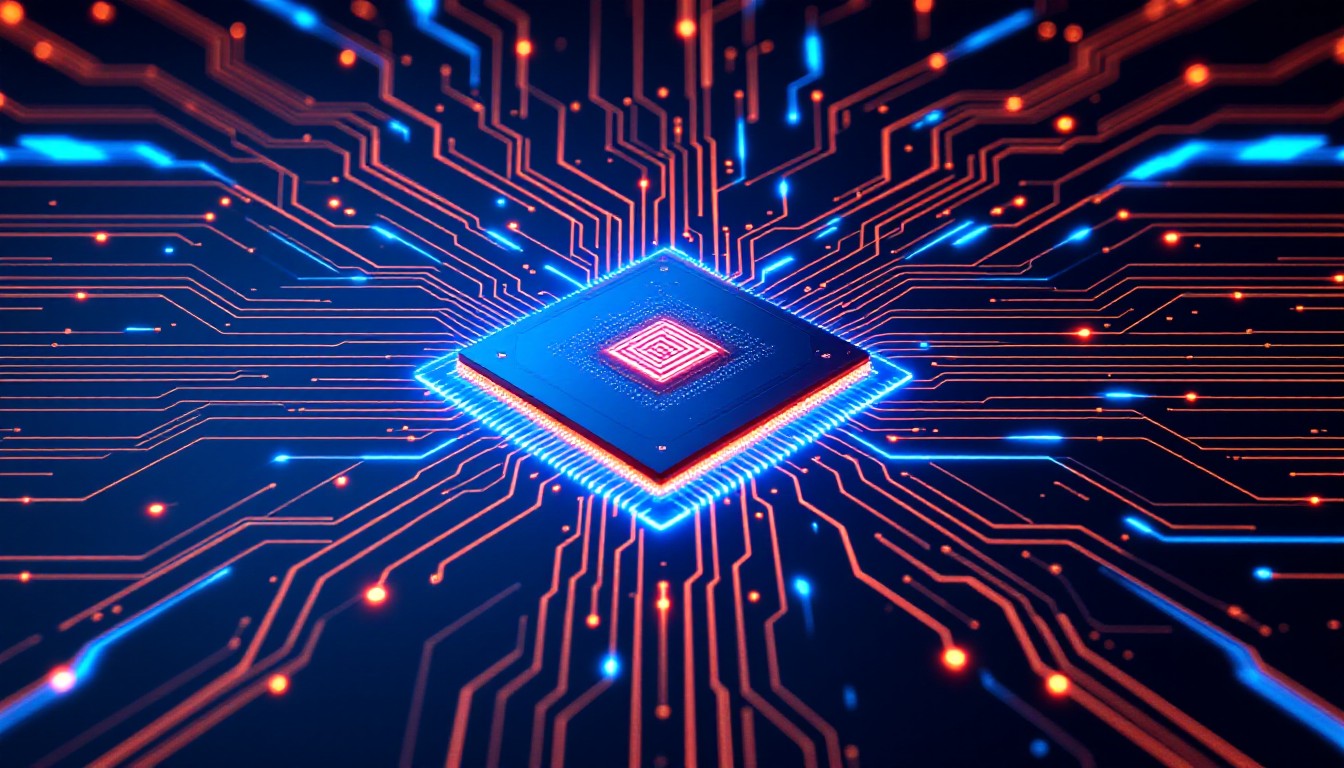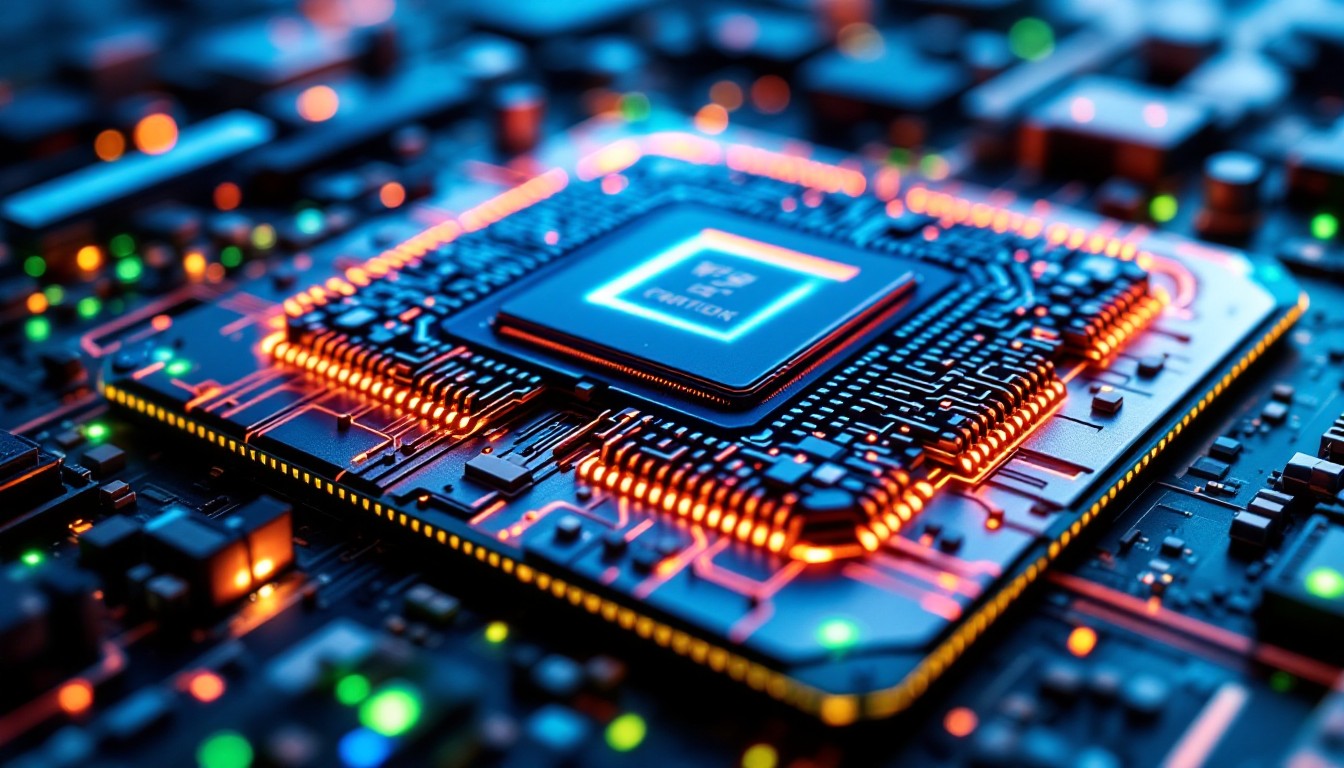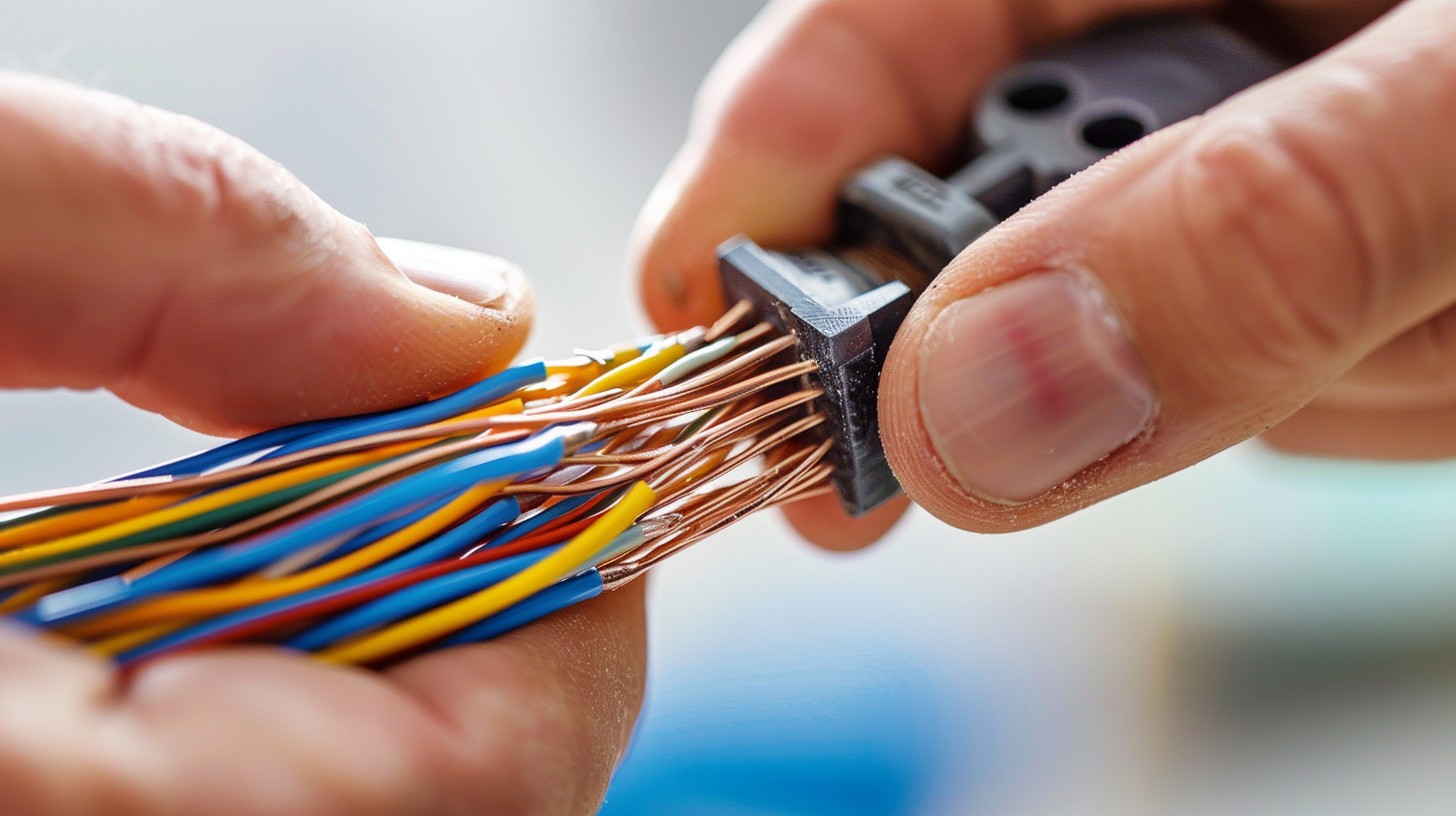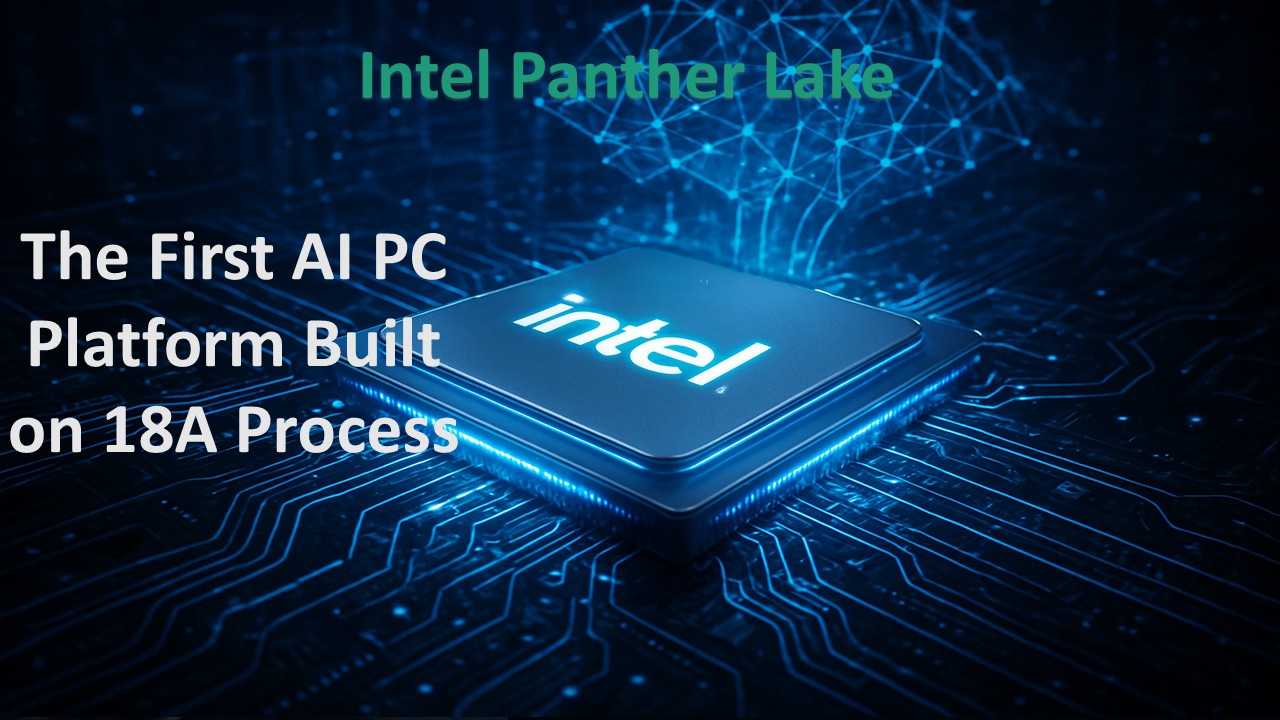
Intel has officially introduced its next-generation architecture, Panther Lake, marking the company’s first client PC platform built on its advanced 18A process technology. Designed specifically for AI-enabled laptops and PCs, this launch represents a major milestone in Intel’s roadmap to regain process leadership and redefine personal computing in the AI era.
What Intel Announced
Intel’s new Panther Lake architecture is the first platform to feature a compute tile manufactured on the Intel 18A process. The company claims significant improvements in performance, power efficiency, and AI capabilities — aiming to deliver better speed and responsiveness for next-gen PCs.
The 18A-based compute tile is being produced at Intel’s Fab 52 in Chandler, Arizona, with high-volume manufacturing ramping up later this year.
The Technology Behind Panther Lake and 18A
What is Intel 18A?
Intel 18A is one of Intel’s most advanced manufacturing nodes, featuring two major innovations:
- RibbonFET – Intel’s implementation of gate-all-around (GAA) transistors, which offer greater control of current flow for improved performance per watt.
- PowerVia – A unique backside power delivery technology that allows power to be supplied from the back of the wafer, reducing resistance and improving efficiency.
These two breakthroughs combined allow Intel to pack more performance in less space while using less energy.
Panther Lake SoC Design
Panther Lake uses a modular SoC design, including compute tiles, GPU tiles, and I/O components.
- It introduces new Cougar Cove P-cores and Darkmont E-cores, offering better parallel processing and efficiency.
- It features Xe3 integrated graphics, providing a noticeable boost for gaming and creative workloads.
AI Features
Intel says Panther Lake is purpose-built for on-device AI, handling inference, media acceleration, and local AI tasks faster — enabling users to experience smarter, more responsive systems.
Intel’s Claimed Performance Gains
Intel reports major improvements compared to its previous generation:
- 17% IPC (instructions per cycle) uplift
- Up to 50% better multi-threaded performance depending on workloads
- Support for high-speed LPDDR5X memory, enhancing bandwidth for gaming, content creation, and AI workloads
In simple terms: Intel promises faster computing, better multitasking, and smarter AI capabilities in a power-efficient design.
Market Impact — Who Will Feel the Change
A. OEMs and Users
PC manufacturers (like Dell, HP, Lenovo, etc.) now have a fresh Intel platform for next-generation AI laptops. This could enable thinner, lighter devices with better battery life and built-in AI features.
B. Rival Competition: AMD, Apple, Qualcomm
If Panther Lake performs as Intel claims, it could intensify competition with AMD’s Ryzen AI chips, Apple’s M-series, and Qualcomm’s Snapdragon X Elite. However, these rivals already have strong footholds in energy efficiency and mobile integration.
C. Semiconductor Industry and Foundries
Intel’s 18A ramp-up in the U.S. strengthens domestic semiconductor manufacturing, reducing reliance on overseas fabs like TSMC. It also aligns with the U.S. government’s CHIPS Act goals, boosting local innovation and supply chain security.
D. Investors and Stock Market
If Intel’s 18A process achieves stable yields and Panther Lake launches successfully, it could restore investor confidence and market leadership. Early reactions from analysts have been cautiously optimistic.
Strategic and Geopolitical Implications
Intel’s Fab 52 in Arizona plays a crucial role in America’s plan to expand advanced chip manufacturing domestically. This aligns with U.S. policies encouraging technological independence from Asia-based fabs.
The success of 18A could also attract new foundry customers to Intel’s Intel Foundry Services (IFS), boosting its competitiveness against TSMC and Samsung.
Risks and Challenges Ahead
- Manufacturing Yields: Achieving high yields on a new process node like 18A is complex and costly. Low yields could delay product rollouts or increase prices.
- Fierce Competition: AMD, Apple, and Qualcomm continue to innovate rapidly. Intel must prove its claims through real-world benchmarks and OEM adoption.
- Modular Dependencies: While only the compute tile uses 18A, other tiles are sourced externally. This modular approach carries both flexibility and supply-chain risk.
The Bigger Picture
Intel’s Panther Lake could redefine the PC landscape if it delivers on performance, efficiency, and AI integration promises.
This is not just another chip — it’s a statement of comeback for Intel in the advanced manufacturing race and AI-powered computing.
What to Watch Next
- Real-world benchmarks and battery tests
- OEM product launches and pricing
- Updates from Intel’s Fab 52 on production progress
- Competitor responses (AMD, Apple, Qualcomm)
If successful, Panther Lake could mark the true beginning of the AI-PC era — where laptops think faster, consume less, and perform smarter than ever before.









